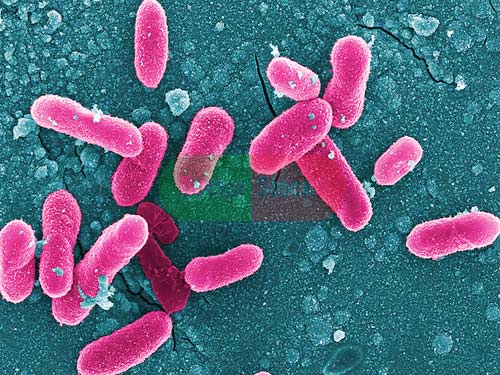Typhoid fever is a global public health problem. The incidence of this disease has not decreased since 1990, making it an important yet neglected contributor to health care costs. Yet, not as much is being done, as one would hope for, to rid the world of this unwanted scourge.
The bug
Typhoid is caused by a bacterium of the Salmonella species. They are of different types, S. Typhi and Paratyphi being the most important disease causing organisms. These are highly infective bugs that result in symptoms, even when in small quantities.
The method of entry into the human body is via the contaminated food and drink. The contamination occurs from the excreta of typhoid fever patients or those who carry the bugs in their body, without showing any symptoms. So, we presume that this is an infection restricted to the poorer socio-economic strata, where the hygiene levels are low. I wish this were true!! But, as mentioned earlier, the people who had suffered from the disease and yet continue to have the bacteria in their stools, without any other symptoms are the ones most dangerous in spreading the disease.
Typhoid Mary
Mary Mallon was the first documented asymptomatic carrier of typhoid organisms in the United States of America. She worked as a cook from 1900 to 1907, during the course of which she developed typhoid fever. She then moved to another employer, where members of the family developed symptoms of typhoid fever and one person died. In all, she is thought to have infected at least around 51 people of whom 3 died. Nicknamed “Typhoid Mary”, she was then quarantined, where she subsequently died after some years.

Typhoid Mary: A newspaper cutting. 1907
The disease burden
The WORLD HEALTH ORGANIZATION (WHO) has estimated that each year at least around 11 million – 21 million people suffer from typhoid infection around the world. These figures are presumptions only, as many more may suffer, and yet go unnoticed.
Of these cases, 2.16 lakhs to 6 lakhs deaths may occur each year. The age groups that are most vulnerable to die are in the school going or pre-school ages. That means, the younger children are more prone to severe life threatening illness. Asia has been shown to be a hotbed of infection and death from typhoid fever. Children between 5-15 years of age have the largest number of culture positive infection, indicating their high vulnerability to typhoid fever.
So what can we do about this? Do share your thoughts…..

